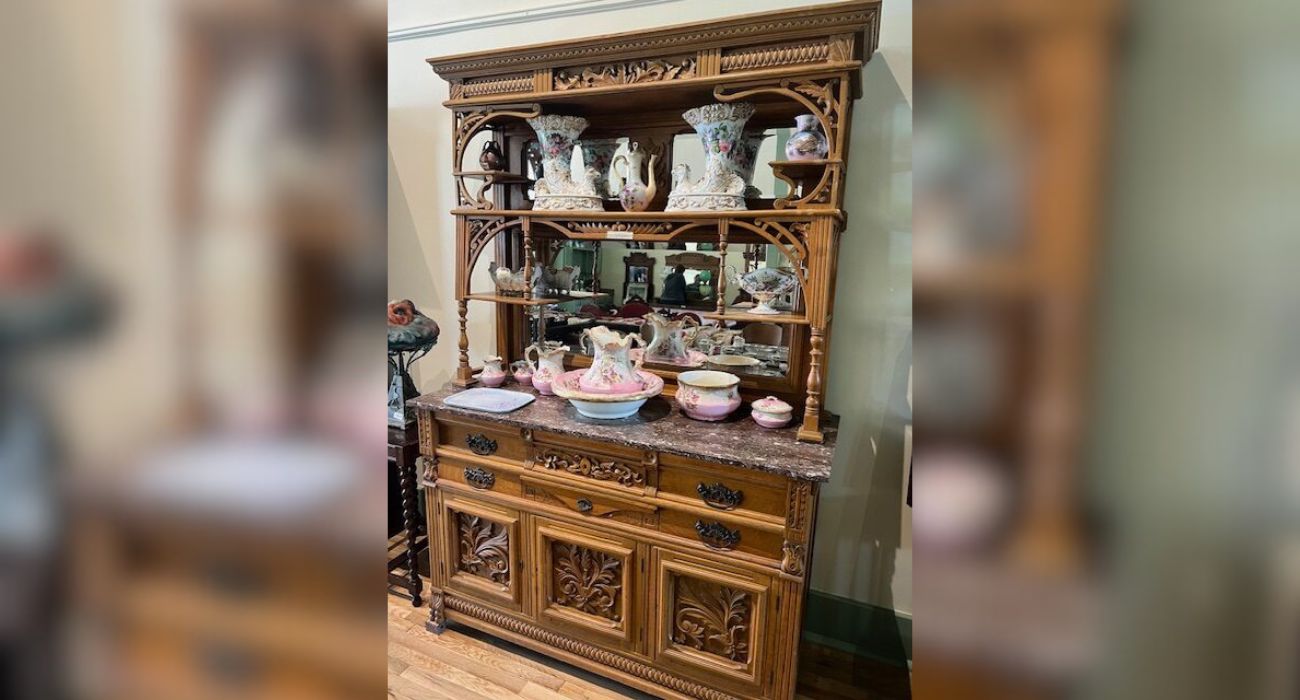“The great resignation” is a term that has become familiar as many workers leave their jobs for a better work-life balance.
What can employers do to coax workers back into the office and out of the comforts of their homes? A Dallas firm says making the workspace a healthier one is the way to bring workers back.
HKS Architects, an international design firm headquartered in Dallas, is advocating for healthier environments for employees. From the materials used for workspaces to the aesthetics and amenities that offices offer, employers have many options to entice employees to return to the office.
Ana Pinto-Alexander, principal and director of health interiors with HKS Architects, told Bisnow.com her firm is suggesting nonporous materials in office spaces — such as wood laminate instead of natural wood — that can withstand harmful pathogens that embed into surfaces.
Not only should employers provide work areas that limit germs and bacteria, but there is also a concept of wellness that should consider the design.
Global design and architecture firm Gensler predicts in its 2022 forecast that workplaces will promote physical and emotional wellbeing as a necessity.
“In the past, organizations thought, ‘I’ve got a fitness center in my building, so I’ve met the requirement,'” Paul Manno, principal of Gensler’s Dallas office, told Bisnow.com. “Now, we are seeing a new perspective as to how organizations think about what it means to create and have an impact on somebody’s health in their work environment.”
According to a study done by the National Library of Medicine, stair climbing lowered the risk of stroke in men who climbed twenty to thirty-four floors a week. It also reduces the risk of lung cancer in individuals overall.
“What we are seeing now is that stairs are more embedded in the workplace as an opportunity to allow that vertical movement to happen in a space,” said Manno.
When it comes to innovative design, Google tops the list; the company is banking on employees returning to the workspace and has committed to spending one billion dollars on its London office space in 2022.
“We want to reinvigorate the work environment. We’re making this commitment to [rebuilding]. We are buying these buildings, and we are keen to see everybody come back in and see a vibrant workspace again,” Google’s UK boss Ronan Harris told BBC.com.
Google’s pricey office design offers both a workable and liveable space for employees. To give team members a more “at-home” feeling, Google created hybrid outdoor workspaces made to look like mountain cabins and tents. Inside, “campfire” circles encourage participation between employees working in the office and those working remotely. Instead of cubicles, there are configurable “team pods,” making focus and collaboration easier.
Many organizations have been open to bringing pets to work, making team members more productive.
A study by the National Center for Biotechnology Information found “the benefits of dog-friendly workplaces may manifest as lower rates of absenteeism and higher worker morale and productivity.”
Gensler’s client Boston Consulting Group (BCG), recently opened its Dallas office building with a living moss wall. The wall looks fantastic and helps to purify the air. The biophilic design of BCG’s moss wall “reduces stress, improves cognitive function, enhances mood and creativity,” said Bill Browning, an environmental strategist and founding partner of Terrapin Bright Green, who spoke about biophilic design in an interview with Coalesse.
“It’s a huge recruiting tool for us,” said Michael Hale, BCG’s head of consulting and business services Bisnow.com. “Having a space that people want to come to, that they’re proud of and want to show off, is super-important in getting people back to the office.”






